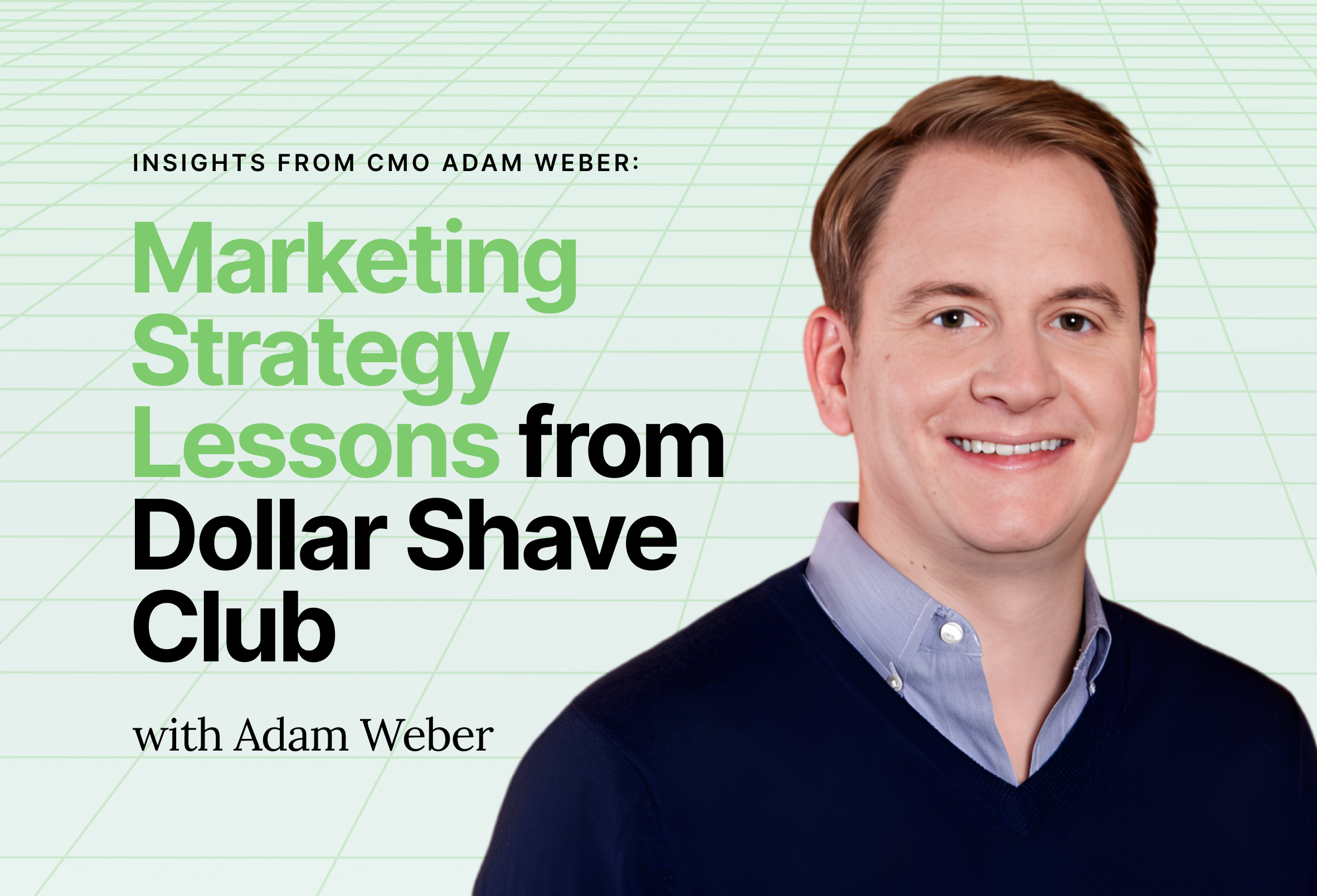It all began with a simple question: why are so few marketing teams actually using AI? Jesse Pujji and Billy Bjork from GrowthAssistant noticed a pattern across different businesses. Everyone was talking about AI, but very few were applying it to real creative work. The problem was not access to tools. It was confidence.
People did not know where to start, how to prompt, or how to use AI to create something that looked real and aligned with their brand. That insight became the foundation of a company-wide mission: to train every Growth Assistant to be “AI ready.” The goal was to help marketers use AI to work smarter, not to replace their creativity.
How is AI changing the way marketers create?
Before AI, creating new campaigns meant planning shoots, booking talent, editing endlessly, and waiting weeks for results. The bottleneck was always production. Now, with generative AI, those barriers have moved. The new challenge is creative direction, knowing what to ask the tools to do, and when to step in as a human.
Billy explains that anyone can generate content today, but not everyone can make it work. True creativity comes from composition and taste, not from the prompt itself. The goal is to use AI to clear space for the things that only humans can do: strategy, storytelling, and emotion.
How did GrowthAssistant apply AI to a real brand?
Billy shared a story from his time working with Jack Archer, a men’s apparel brand. The company was launching new colorways of its best-selling pants every month. Reshooting every product was expensive and time-consuming. When their CEO suggested exploring a golf-themed campaign for older male buyers, the team used AI to test the concept quickly.
They took an existing lifestyle photo, adjusted the background to a golf course, modified the model’s outfit, and even aged him slightly to match the target demographic. Within minutes, they had a complete set of realistic images ready for ad testing.
When the campaign performed well, they used AI again to create motion by generating a starting frame and an ending frame and letting the tool build the short video in between. The result was a believable putting sequence that looked professionally shot but took only a few hours to produce.
What makes this process different from traditional prompting?
Billy’s approach focused on simplicity and sequencing. Instead of typing one long, complex instruction, he broke the work into small, precise steps. Each stage had a clear goal. One edit focused on clothing. The next refined the background. The final version handled lighting and details.
By working in short, intentional steps, the team achieved consistent results and avoided the strange distortions that often happen with overly detailed prompts. It felt less like programming and more like directing a photo shoot.
How can small marketing teams use this workflow?
Billy believes any small marketing team can benefit from this method. Start with one strong product photo. Ask the AI to make a single change, such as updating the color or switching the environment. Once the image looks natural, use it as a base for motion. Create a beginning frame and an ending frame, then let a video model animate the transition.
If the content performs well, refine it further, produce variations, and use real performance data to decide which version deserves more investment. This approach allows small teams to test ideas faster and spend money only on creative directions that are already proven to work.
How does AI help marketers decide where to invest?
Think of AI-driven creative tests as seeds scattered in the wind. Some ideas will grow. Others will not. The important thing is that each seed costs very little to plant. Once you see which concepts take root and perform well, that is where you invest more heavily in production.
This method replaces guesswork with data. Instead of committing to a costly video shoot based on intuition, teams can validate their direction using AI prototypes first. When results are positive, a full production becomes a confident decision rather than a gamble.
What lessons did the Jack Archer project reveal?
The project proved that speed and quality can coexist. By using AI to test early concepts, the team was able to validate creative ideas faster than ever before. However, human review was still critical. Every AI-generated image went through a brand accuracy check to ensure that colors, fabrics, and lighting looked real.
The most powerful outcome was cultural. The creative team stopped seeing AI as a threat and began treating it as a collaborator. It handled the repetitive work, while humans focused on storytelling and emotional connection.
Book a free AI audit with GrowthAssistant to discover how your brand can use AI to test creative concepts, validate ad performance, and scale proven winners faster.
What Marketers Should Remember When Using AI Tools?
Always use licensed or owned images as your base. Avoid using copyrighted material and be transparent about where AI is used in your marketing.
Most importantly, remember that AI is a support system. It should make your work faster and more efficient, but the story and emotional truth should still come from you.
Measure success not just by clicks or conversions, but by how quickly you can bring ideas to life. The time you save can be reinvested in creativity, strategy, and testing new ideas that push your brand forward.
The Future of AI in Marketing
AI will not remove the need for marketers. Instead, it will elevate those who know how to direct it with purpose.
The future will belong to creative leaders who can blend technology with humanity. They will use AI to accelerate the process but rely on instinct and empathy to guide the message.
The true art of AI in marketing is knowing when to automate and when to tell the story yourself.
Take the Next Step with GrowthAssistant
If you are a business owner or marketing leader who wants to see how AI can transform your creative process, now is the time to act.
Watch Billy Bjork’s full workflow and discover how GrowthAssistant helps DTC brands in the U.S. and U.K. use AI to test ideas, validate performance, and scale winning ads faster.
You can hire a trained Growth Assistant who understands how to combine technology with creativity. They know how to prototype, test, and refine marketing assets that perform.
Visit Growth Assistant to learn more about building your AI-powered marketing team today.










.svg)

